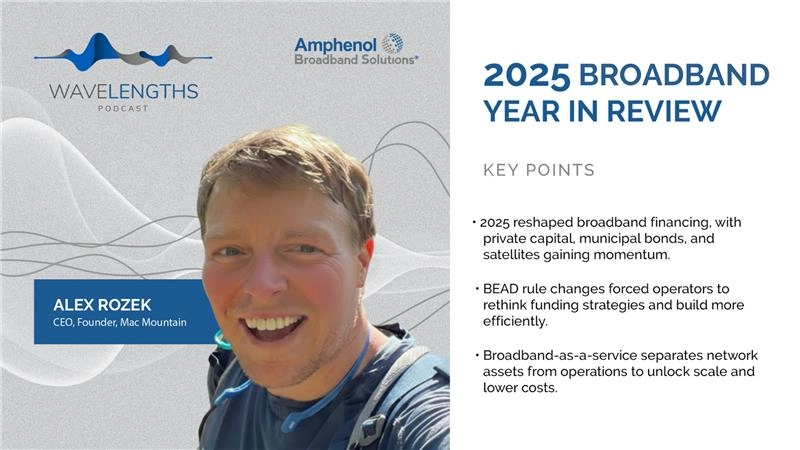As Businesses Integrate AI, They Must Look Beyond Benefits and Toward Accountability and Ethical Consequences
As the modern business landscape continues to rapidly integrate AI, it’s imperative to approach its applications with a discerning eye. While the capabilities of AI are vast, it’s a myth to consider it a panacea; understanding its strengths and limitations is crucial. This is precisely where the ethical mandates around AI come into play, mandates that underscore the need to intertwine technology with responsibility.
Central to this are four pillars: transparency in AI applications, clear boundaries defining its use, human accountability over its decisions, and continuous education about its implications. These guiding principles ensure that businesses do not merely adopt AI as a tool but understand its profound impact on society. With evolving technologies, businesses can’t afford to be passive observers, placing the onus on governmental bodies; they must actively shape ethical practices to integrate AI. For insights on how firms can strategically integrate these values, Ariadna Navarro, Chief Growth Officer at VSA Partners, shares her expert perspective.
Navarro’s Thoughts:
“AI, as we know, it has the power to disrupt absolutely everything. So, there is an urgency in thinking about the ethical mandates, not just after the fact or after it’s run its course. There’s a reason why business schools teach business ethics so that when you’re thinking about making money, you’re really thinking about the consequences of all of this.
The company’s creating, and I can’t wash their hands and say, oh, it’s the government’s responsibility to create guardrails. And the companies and individuals using it in their jobs really have to think about the consequences. So, we think about four when we think about our ethical mandates: transparency, boundaries, accountability, and education.
Transparency in how you’re using it. That means your clients need to know how it’s being used–if you’re creating intelligent data models, if you’re bringing it in your research. However you’re using AI, whatever business you’re in, be sure that you’re disclosing that.
Boundaries of what it can and cannot do. And we talk about this all the time, because it’s not the end-all-be-all solution to absolutely everything. So, know what it’s great at. And experiment with that and also know what you shouldn’t be using it for.
Accountability from humans, not AI. Like, what are the governance that you have in place? Are humans set up to review it? Do you have checks and balances? How are you really thinking about looking at the work before it goes out?
And then last but not least, education to empower employees to learn how to use the different platforms and also to really understand some of the consequences or the potential or that says it can have.”
Article written by Cara Schildmeyer.








